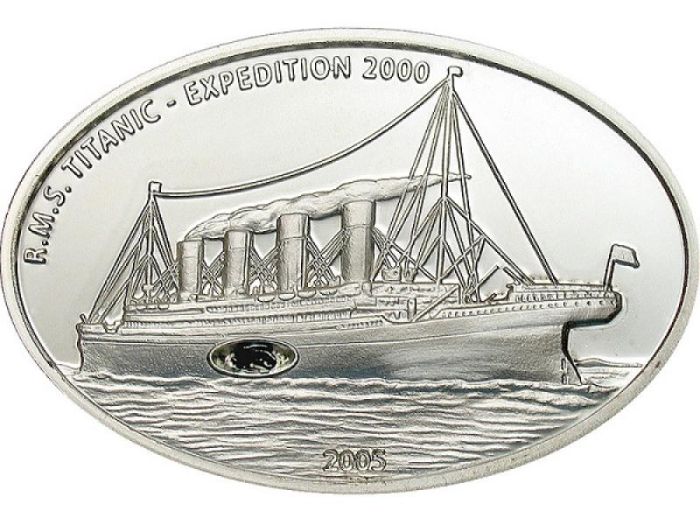|
|
Unusual Coins
|
Traditionally, the side of a coin carrying a bust of a monarch or other authority, or a national emblem, is called the obverse, or colloquially, heads. The other side is called the reverse, or colloquially, tails. However, the rule is violated in some cases. Another rule is that the side carrying the year of minting is the obverse, although some Chinese coins, most Canadian coins, the pre-2008 British 20p coin, and all Japanese coins, are exceptions.
In cases where a correctly oriented coin is flipped vertically to show the other side correctly oriented, the coin is said to have coin orientation. In cases where a coin is flipped horizontally to show the other side, it is said to have medallic orientation. While coins of the United States Dollar are coin orientated, those of the Euro and British Pound are medallic.
Bi-metallic coins are sometimes used for higher values and for commemorative purposes. In the 1990s, France used a tri-metallic coin. Common circulating examples include the €1, €2, British £2 and Canadian $2.
The exergue is the space on a coin beneath the main design, often used to show the coin's date, although it is sometimes left blank or containing a mint mark, privy mark, or some other decorative or informative design feature. Many coins do not have an exergue at all, especially those with few or no legends, such as the Victorian bun penny.
|
|









